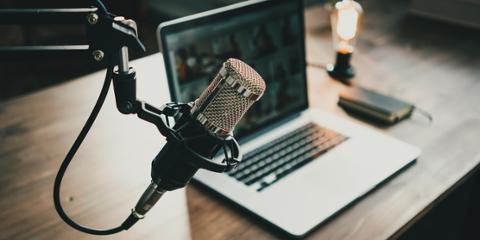Agentic AI: What Cybersecurity Pros Need to Know
The release of OpenAI’s ChatGPT helped push generative artificial intelligence (AI) into the enterprise mainstream. Since then, organizations have g…
What Are SAP Certifications and How Do You Get One?
SAP certifications are a major plus for professionals who want to prove they know their stuff when it comes to enterprise resource planning (ERP) and related bu…
Why It’s So Hard to Get Promoted at Amazon
Many tech pros want to work for Amazon. The tech giant has immense name-brand recognition, along with high salaries and bountiful stock options for employees wi…
CIOs Must Approach AI with a Vision for Integration
Artificial intelligence (AI) can automate data collection and analysis, replicate certain decision-making processes based on existing data, and even provide pre…
'Tech Connects' Podcast: A Deep Dive into Tech Workplace and Cultu…
“Tech Connects,” Dice’s podcast, digs into the tech hiring, recruiting, and career topics that matter to you. Subscribe on ACast, Spot…
Michigan's Thriving Tech Ecosystem
Michigan has a rich history as the heart of the automotive industry, but it has also emerged as a vibrant center for innovative techno…
Sponsored
Women Pioneering Tech Innovation at Disney
Every woman and non-binary technologist at Disney is essential to bringing our world-class stories and immersive experiences to life.…
Sponsored
How to Boost an Ordinary Job Application
While filling out an online job application might seem like a necessary but insignificant step in the hiring process, the quality and…







